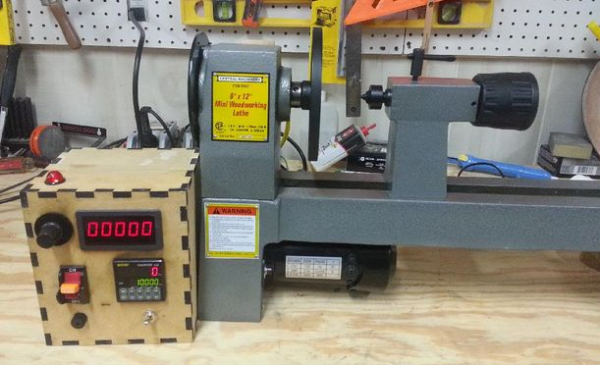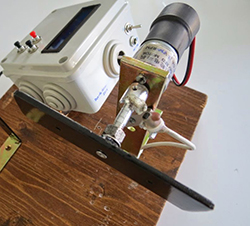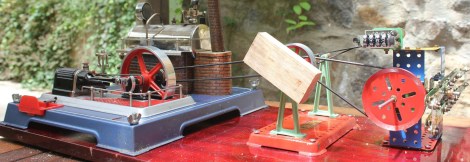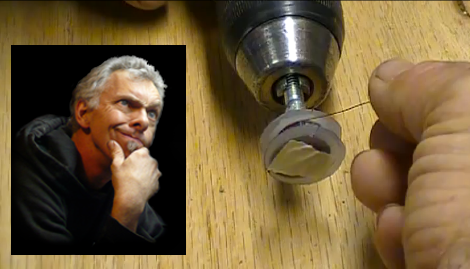A lot of people find the art of building a guitar to be a worth while and pleasurable hobby. The task can be as easy as buying pre-made parts and assembling the guitar or as complicated as starting with just a piece of wood. Even advanced guitar builders normally do not get involved enough to wind their own pickups as it can be a tedious and labor intensive task. A low-end professional pickup winder can be purchased for about $450 which is certainly not economical for the hobbyist. [Doug] is one of those folks that wanted a pickup winder but didn’t want to shell out the big bucks. So what did he do? Build his own, of course.
If [Doug] was going to build a winder he was going to do it right, with all the features to make pickup winding as quick and painless as possible. The winder needed to be fast, count the windings and stop after a pre-programmed amount of revolutions. To keep this machine safe and reliable while maintaining the ability to spin quickly, [Doug] chose to base the machine on an off-the-shelf wood lathe since they are sturdy and made to spin at high speeds. The lathe is equipped with a face plate where the pickup is mounted.
Once the pickup is mounted to the face plate, the desired amount of turns is programmed into a digital counter that receives a signal from an opto switch and encoder disk attached to the lathe spindle. The motor speed is manually controlled by a user-adjustable potentiometer. There is also a stand alone tachometer that gives speed feedback to the user. Once the counter reaches the pre-programmed limit, it trips a relay that cuts power to the motor. This way the amount of windings can be precisely controlled. There is even a switch that changes the motor direction for reverse winding humbuckers without the need to remove and flip over the pickup.
Continue reading “Pro-Quality Pickup Winder You Can Make At Home”


 Back when electric guitars were a new thing, winding pickups was a very labor intensive and error-prone process. The number of windings could easily vary by a few hundred turns of wire, making the resulting pickup either anemic or much more powerful than the other pickups in the guitar. [Davide] is starting to wind his own pickups, and desiring a little more precision than simply guessing how many winds are on a coil
Back when electric guitars were a new thing, winding pickups was a very labor intensive and error-prone process. The number of windings could easily vary by a few hundred turns of wire, making the resulting pickup either anemic or much more powerful than the other pickups in the guitar. [Davide] is starting to wind his own pickups, and desiring a little more precision than simply guessing how many winds are on a coil 











